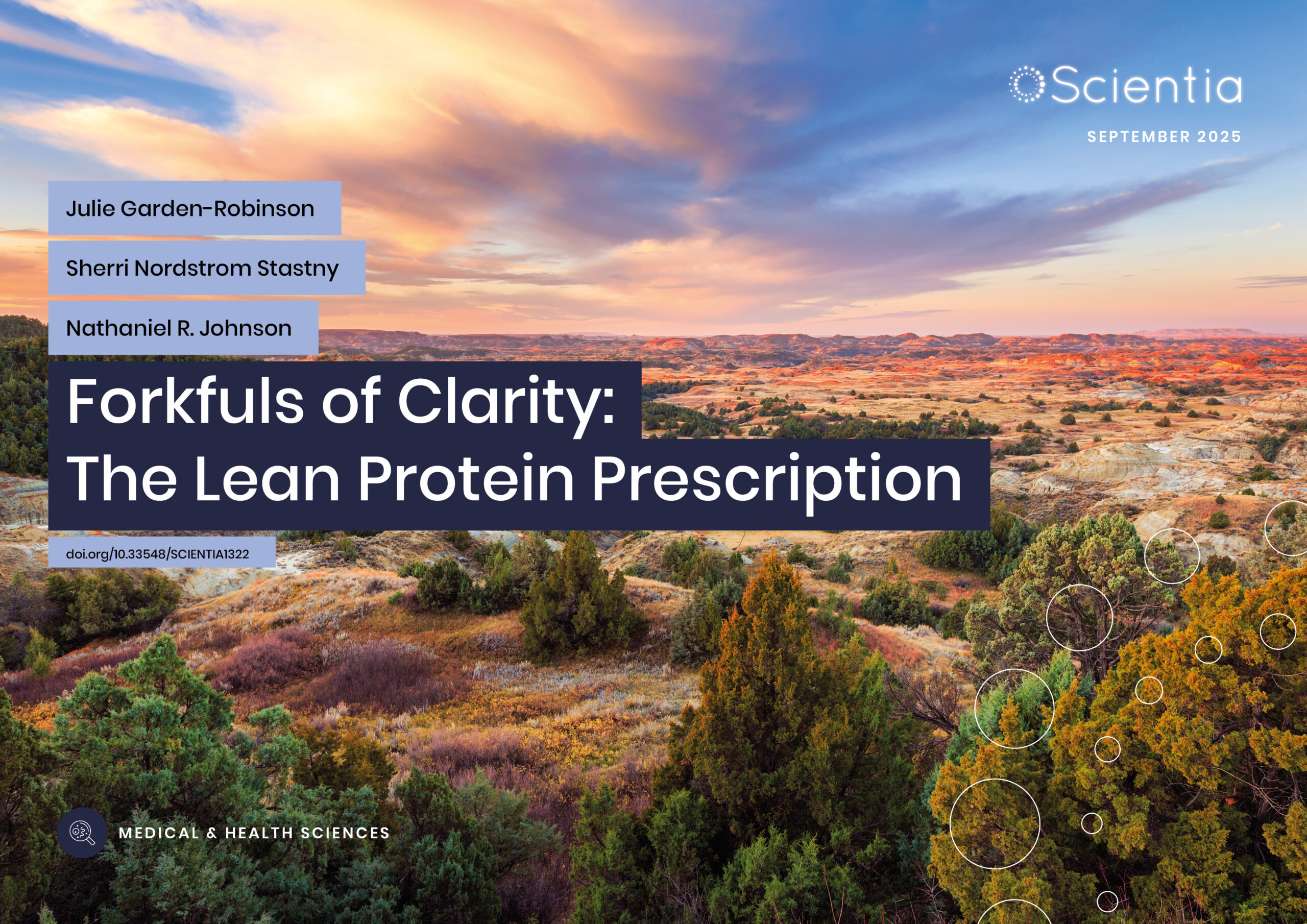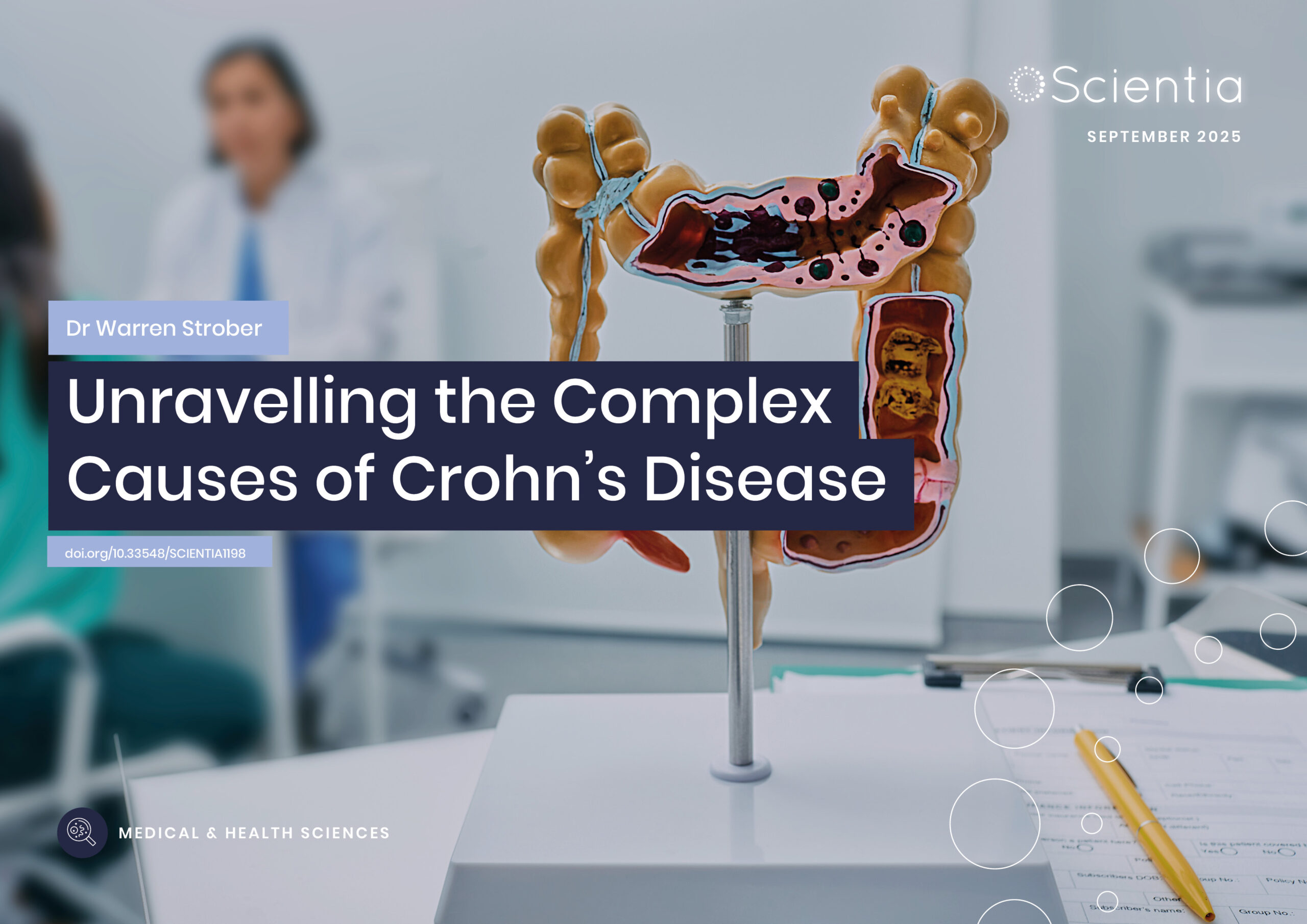Proteins on the Move: Gateways into Mitochondria
Article written by Luisa Postlethwaite, MPharm
Eukaryotic translation initiation factor 5A (eIF5A) is an essential translation factor found in nearly all living organisms. It helps ribosomes, the molecular machines that build proteins, in translating proteins containing specific amino acids. The lack of eIF5A is related to various diseases as well as ageing. Although eIF5A is known to be essential for mitochondrial function, the specific mechanism linking them has not yet been described. Professor Paula Alepuz and former PhD student Marina Barba-Aliaga (University of Valencia) work with Professor Brian M Zid (University of California San Diego) to investigate the fascinating world of eIF5A activity and its connection to mitochondria.
The Mighty Mitochondria
Mitochondria are complex organelles found inside eukaryotic cells, such as those of plants, animals, and fungi. These minute structures are critical for energy production and the synthesis of vital molecules, as key metabolic processes for cell function and survival happen inside them. Commonly known as the ‘powerhouse’ of the cell, the function of these organelles plays a role in health and disease development and is also a hallmark of age-related disorders. Understanding the complex interweaving processes within the mitochondria paves the way for novel approaches in medicine.
Professor Paula Alepuz carries out her ground-breaking research in the Department of Biochemistry and Molecular Biology at the University of Valencia, along with former PhD student Marina Barba-Aliaga (currently a postdoctoral fellow researcher at the Department of Molecular and Cellular Biology at Harvard University) and Professor Brian M Zid from the Department of Chemistry and Biochemistry at the University of California San Diego. Together, the team delves into the role of eukaryotic translation initiation factor 5A (eIF5A) activity in ensuring proper transport of proteins inside the mitochondria and, therefore, maintaining overall mitochondrial health and function.
Bringing in the Mitoproteins
The team uses yeast cells, a type of fungus, to conduct their investigations. Around one thousand distinct proteins are found in the mitochondria of yeast, a collection called the mitochondrial proteome. Mitochondria hold their genetic material, which encodes for 1% of the proteins of the mitochondrial proteome. However, the other 99% are encoded in the genetic material found in the nucleus—a different structure within the cell.
These proteins, called mitoproteins, must be transported into the mitochondria to carry out their crucial biological functions. The importation of mitoproteins is a key process for optimal mitochondria function and involves both post- and co-translational mechanisms. Co-translational mechanisms involve coupling protein synthesis and import at the mitochondrial surface with a genetic molecule called mRNA, which is vital in protein synthesis.
Tom and Tim: The Gatekeepers
Protein translocases are found in the mitochondrial outer and inner membrane. These are molecules that help with the importing and sorting of the mitoproteins into the mitochondria. Initially, the mitoproteins enter through the universal entry gate, the general translocase of the outer membrane (TOM complex). They are then moved through the inner membrane space by interacting with the main translocase on the inner membrane (TIM23 complex). The mitoproteins hold specific markers called N-terminal positively charged presequences that allow them to be recognised by the translocases, with the most common being the mitochondrial targeting sequences. Importantly, the essential protein Tim50 works as the receptor protein in the TIM23 complex, which specifically recognises the mitochondrial targeting sequences.
Failure in the import of mitoproteins can lead to toxic effects inside and outside of the mitochondria, as unfolded mitoproteins may accumulate on the translocases, which is detrimental to the cell and linked to various diseases. Fortunately, yeast cells are specially equipped to deal with this problem with several stress responses, including reduced protein synthesis and increased removal of accumulated molecules from the translocases through proteasomal degradation.

The Essential Protein eIF5A
The protein eIF5A is an essential component of eukaryotic cells such as yeast. Its job is to help ribosomes translate messenger RNAs (mRNA, the nucleic acids obtained by transcription of DNA genes) to obtain proteins. Ribosomes are vital structures for constructing protein molecules, which work in tandem with mRNA. However, eIF5A only helps ribosomes when they have to translate mRNA sequences encoding for certain amino acids that are difficult to bond. Thus, eIF5A allows the formation of specific new protein molecules and, thus, prevents stalling of ribosomes during the protein-building process.
The production of eIF5A is regulated according to the cell’s metabolic needs; for example, in yeast, production is altered in response to changes in oxygen levels. The researchers highlight that this alteration in the production of eIF5A shows the essential nature of this molecule in the function of the mitochondria; for example, a reduction in eIF5A will trigger a reduction in the rate of respiration in the mitochondria. Until now, there have been some potential explanations for the role of eIF5A in mitochondrial function, although the precise mechanism has remained unclear. Professor Alepuz and her colleagues now propose a molecular mechanism by which eIF5A impacts mitochondrial activity.
The researchers demonstrated that eIF5A plays a vital role in maintaining mitochondrial function. They found that eIF5A helped to prevent ribosome stalling during the translation or construction of the Tim50 protein, which has a crucial role in the import of mitoproteins. They reported that depletion of eIF5A triggers a cascade of events that involves the accumulation of precursor proteins, activation of mitochondrial stress responses, and, eventually, a reduction in the production of many mitochondrial proteins.
A Newly Discovered Role
Excitingly, eIF5A is much more than a simple translation factor since its role in mitochondria has a significant impact on cellular metabolism. eIF5A prevents ribosomes from stalling on Tim50 mRNA, which encodes a proline-rich sequence and is translated at the mitochondrial surface. This eIF5A’s activity prevents the accumulation of proteins within the import systems and the initiation of a stress response, thereby ensuring protein import goes smoothly. As a result, eIF5A helps maintain the proper function and overall health of mitochondria. They add that this newly discovered role of eIF5A represents a distinct pathway through which cellular homeostasis, the carefully crafted balance of the processes within the cell, is achieved in terms of the activity of the mitochondria.
Professor Alepuz, Dr Barba-Aliaga, and Professor Zid’s ground-breaking research has provided insights into the complex mechanisms of protein production and transport to mitochondria, and deepened our understanding of the eIF5A-mediated intricate systems at play within mitochondria and how their functions impact the overall health of the cells that they reside within.
SHARE
DOWNLOAD E-BOOK
REFERENCE
https://doi.org/10.33548/SCIENTIA1235
MEET THE RESEARCHERS

Professor Paula Alepuz
Instituto de Biotecnologia y Biomedicina (Biotecmed) & Departamento de Bioquimica y Biologia Molecular, Facultad de Ciencias Biológicas, Universitat de València, València, Spain
Professor Paula Alepuz obtained her doctorate in Chemistry at the University of Valencia. During that time, she also spent 5 months studying at Johns Hopkins University in Baltimore, USA. From 1998 to 2001, she undertook a postdoctoral fellowship at the University of Vienna in Austria. In 2003, she began her career as an independent researcher after obtaining a contract from the competitive Spanish Ramón y Cajal programme, returning to the Department of Biochemistry and Molecular Biology at the University of Valencia. In 2009, she was appointed a tenured university professor, eventually becoming a full professor in 2023. She leads the Eukaryotic Gene Expression: from DNA to Protein (EGE: DtoP) group, studying gene expression with an integrated approach to the different stages, mainly gene transcription and mRNA degradation and translation. Over her well-published career, Professor Alepuz has presented at multiple conferences, lectured at various research centres, and participated in local, national, and international projects.
CONTACT
E: paula.alepuz@uv.es
https://www.uv.es/uvweb/college/en/profile-1285950309813.html?p2=alepuz&idA=
X: https://orcid.org/0000-0003-1472-2373

Dr Marina Barba-Aliaga
Department of Molecular and Cellular Biology, Harvard University, Cambridge, Massachusetts, USA
Dr Marina Barba-Aliaga obtained her PhD in Biomedicine and Biotechnology at the University of Valencia in 2023. Her research focused on gene expression regulation, mainly transcription and translation. During this time, she also gained international research experience at the University of California San Diego (USA) under the supervision of Professor Brian M Zid. Dr Barba-Aliaga has published numerous research publications and review articles in reputable journals. In addition to having several years of teaching experience, she has actively participated in national and international conferences, and she has taken on some leadership roles. She currently holds the position of Postdoctoral Fellow Researcher at the Department of Molecular and Cellular Biology at Harvard University (USA), where she is researching protein folding dynamics.
CONTACT
E: mbarbaaliaga@fas.harvard.edu
W: https://www.mcb.harvard.edu/directory/marina-barba/
X: https://orcid.org/0000-0002-1842-9126

Professor Brian M Zid
Department of Chemistry and Biochemistry, University of California San Diego, La Jolla, California, USA
Professor Brian Zid obtained his PhD at the California Institute of Technology in 2008, where he investigated the molecular mechanism of lifespan extension of Drosophila due to dietary restriction using genetics, genomics, bioinformatics, and biochemical methods. He undertook a postdoctoral fellowship at Harvard University from 2008 to 2015, during which he investigated the mechanisms of translational control upon nutrient starvation in S. cerevisiae using next-generation sequencing, microscopy, and biochemical methods. In 2015, he became Assistant Professor of Biochemistry at the University of California San Diego, where, in 2023, he took up his current role of Associate Professor of Biochemistry. His research has been published in several journals, and recent work focuses on gene expression and protein import.
CONTACT
E: zid@ucsd.edu
W: https://www-chem.ucsd.edu/faculty/profiles/zid_brian_m.html
X: https://orcid.org/0000-0003-1876-2479
FUNDING
PID2020-120066RB-I00 and PID2023-152214NB-I00 funded by the Ministry of Science, Innovation and Universities (MCIN)/Agencia Estatal de Investigación (AEI) to P Alepuz.
This research was also funded by Generalitat Valenciana (AICO/2020/086 and CIAICO/2022/237) to P. Alepuz.
This work was supported, in part, by the National Institutes of Health R35GM128798 to BM Zid.
M Barba-Aliaga was a recipient of a predoctoral fellowship (FPU2017/03542) funded by MCIN/AEI/10.13039/501100011033 and by the European Social Fund.
FURTHER READING
M Barba-Aliaga, V Bernal, C Rong, et al., eIF5A controls mitoprotein import by relieving ribosome stalling at TIM50 translocase mRNA, Journal of Cell Biology, 2024, 223(12), e202404094. DOI: https://doi.org/10.1083/jcb.202404094

REPUBLISH OUR ARTICLES
We encourage all formats of sharing and republishing of our articles. Whether you want to host on your website, publication or blog, we welcome this. Find out more
Creative Commons Licence (CC BY 4.0)
This work is licensed under a Creative Commons Attribution 4.0 International License. 
What does this mean?
Share: You can copy and redistribute the material in any medium or format
Adapt: You can change, and build upon the material for any purpose, even commercially.
Credit: You must give appropriate credit, provide a link to the license, and indicate if changes were made.
SUBSCRIBE NOW
Follow Us
MORE ARTICLES YOU MAY LIKE
Professor Rebecca States | Better Balance with Exercise: Choices for Parkinson’s
Parkinson’s disease is the most rapidly growing neurological disease worldwide. At present, there are no treatments that can prevent or reverse the damage caused by this disease. Therefore, there is a demand for therapies that ease and manage symptoms. Professor Rebecca States of Hofstra University collaborated with colleagues from Long Island University to evaluate the effects of exercise on the balance and postural control of individuals with Parkinson’s disease. The outcomes shed light on how exercise should be used for healthcare practitioners and researchers working with Parkinson’s disease.
Dr Peter Kim | Can collagen production be re-programmed in ageing skin?
Scientists have a growing body of data that could bring them a step closer to being able to ‘instruct’ skin collagen to resist the effects of ageing, according to a review of the latest research undertaken by Dr Peter Kim, biochemist and founder of private tuition company Veribera.
Forkfuls of Clarity: The Lean Protein Prescription
New research led by Dr Nathaniel R. Johnson of UND and his mentors at NDSU, Drs Julie Garden-Robinson and Sherri Stastny, reveals a strong link between protein type and mental health in older adults. Analysing data from 637 North Dakotans aged 50+, the study found that self-reported average meal patterns that included lean proteins, like chicken, fish, eggs, and legumes, were associated with fewer days of depression and anxiety. In contrast, processed meats such as bacon and deli slices correlated with increased mental distress, especially in rural communities. These findings suggest that protein quality may significantly influence emotional well-being in later life, offering a simple, everyday strategy to support mental health, one nourishing meal at a time.
Dr Warren Strober | Unravelling the Complex Causes of Crohn’s Disease
Crohn’s Disease (CD) is a type of inflammatory bowel disease that is due to abnormalities of the gastrointestinal (GI) immune system that result in immunologic hyper-responsiveness to normal GI constituents. It causes severe and recurrent GI symptoms that can be managed but not cured, except in rare cases where histocompatible bone marrow transplantation can be applied to replace the errant immune system.
Dr Warren Strober from the National Institutes of Health (NIH) in the USA, specialises in the study of the GI immune system, both when it operates normally to maintain homeostasis, as well as when it operates abnormally causing health issues such as CD.





